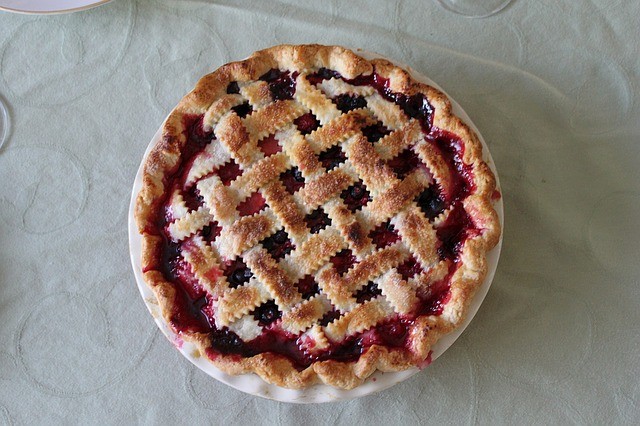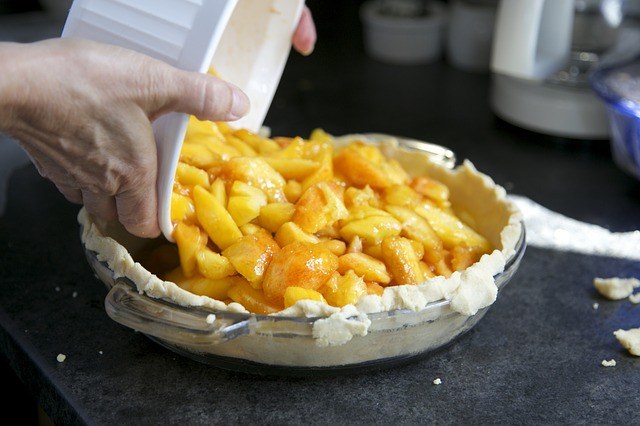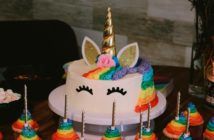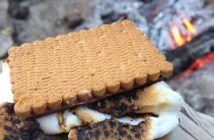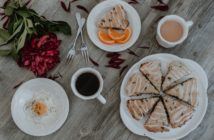Pie crust can be one of the most difficult pastries to get just right. This can be daunting, especially since the flavor, flakiness, texture, and shape of the crust is as crucial to a successful pie as the filling is.
You may just opt to buy a pre-made crust instead of making a pie crust from scratch, simply because it is easier. However, making homemade pie crust is very much worth the time and energy.
With homemade pie crust, you are able to control the flavor, flakiness level, and overall shape of the pie as much as you want. Not to mention, homemade pie crusts are actually very easy to make!
Due to the many variations of pie crust that can be made, we will only take a look at a few simple recipes here.
Contents
How to Make Pie Crust
A Note on Fats
Fat is perhaps one of the most (if not the most) important ingredients when making any homemade pie crust.
The fat you choose for your crust is what provides the flavor, flakiness, and texture. Solid, cold fats like butter or shortening tend to give flakier crusts, for instance.
All-butter crusts are certainly more flavorful. While butter is a bit difficult to work with, it is ultimately a very rewarding ingredient once you taste the end product! Keep in mind that you should not use low-fat butter or butter substitutes for pie crusts.
All-shortening crusts end up being flakier than crusts that only use butter. Shortening is also much easier to work with than butter. The only downside is that these crusts will be much blander than the all-butter crusts.
You may use a combination of shortening and butter in your recipe to achieve the ideal level of each element you want. Experiment with the amounts you like, but keep the initial measurements in mind when you do.
Do not exceed the amount of fat that the recipe first called for (whether it be butter or shortening).
The easy pie crust recipe below uses all butter, though you may feel free to substitute it with another type of fat if you wish.
Easy Pie Crust Recipe
This recipe and all the following recipes are for pies that are nine inches in diameter.
Keep this in mind when buying your pie tins or dishes.
Ingredients
- 8 tablespoons of cold butter (salted, though unsalted is fine as well).
- 2-4 tablespoons of ice water.
- 1 1/4 cup of flour.
- 1/4 teaspoon of salt (add 1/4 teaspoon more if you use unsalted butter).
Recipe
- Preheat your oven to 400 degrees Fahrenheit.
- Dice your butter into cubes and immediately place them back into your refrigerator. Your ingredients must stay cold in order to make a successful crust. This is also why you must put ice in your water at the start.
- Put your flour, salt, and butter straight from the fridge into your food processor. If you do not have a food processor, simply whisk the flour and salt together until they are thoroughly mixed before working in the butter (again straight from the fridge).
- Add two tablespoons of your water (excluding the ice you used to keep it chilled) into your food processor. Pulse a few times. Add more tablespoons into the mix, two tablespoons at a time, and pulse until it comes together to make a dough.
- Take out your cutting board or a silicone baking mat (if you have it) and sprinkle the surface with flour. Do not put too much on your desired rolling surface, as the extra flour will toughen up the crust.
- Take out the dough and press it into a disk. Put a little flour on your rolling pin before rolling the dough out into a circle. Roll until the dough is at about a quarter-inch thick.
- Now transfer your dough straight into the pie tin or dish. The easiest way to do this is to roll the dough right over the rolling pin, transferring it into the tin or dish that way.
- Once you have placed your crust into the tin or dish, press to fit it in gently. Fold the edges that are hanging out of the tin inward. Then you may design the edges of your homemade pie crust however you like. You may use your knuckles to create a crimped, wavy look or use a fork to decorate the edges instead.
- Store this crust into your fridge until you are ready to fill it. Once filled, bake for eight to ten minutes, or until the pie is cooked through.
Pumpkin Pie Crust Recipe
This pumpkin pie crust recipe has more flavor to it than a simple buttery pie crust.
The abundance of ground spices helps complement the flavor of the pie itself.
Ingredients
- 1 1/4 cup of flour (and some extra to sprinkle onto the area in which you’ll roll the dough).
- 1 teaspoon of ground cinnamon.
- 1/2 teaspoon of ground ginger.
- 1/2 teaspoon of granulated sugar.
- 1/2 teaspoon of salt.
- 1/4 teaspoon of cloves.
- 8 tablespoons of cold butter.
- 5-6 tablespoons of ice water
Recipe
- Preheat your oven to 425 degrees Fahrenheit.
- Add your flour, ground cinnamon, ginger, sugar, salt, and cloves into a food processor that has a dough blade. Pulse to mix these ingredients together.
- Cut your butter into cubes, assuring that they are still cold before you add them to the food processor. Much like the Easy Pie Crust recipe above, cold butter and ice water will make for a much better pumpkin pie crust. If your butter is warm at all after slicing it into cubes, simply stick it into the fridge for a few minutes until it is cold enough. Pulse your butter into the mix until you see pea-sized clumps throughout the mixture.
- Pour four tablespoons of water (again, no ice) into the mixture and pulse until the dough comes together. Add more water if the dough still remains clumpy after mixing. Be sure you do not overmix your dough, as this will ruin it.
- Gather this mixture into one big ball of dough, then pat it into a disc shape. Roll it out until it is about 12 inches in diameter. Be sure to work fast to keep the dough chilled.
- Transfer your dough into the pie tin in the same way that was described in the Easy Pie Crust recipe, and store in your fridge until you are ready to fill it. Once filled, bake the pie for about 45 minutes.
Lattice Pie Crust Recipe
Ingredients
The ingredients to make a lattice pie crust design on top of your pie are much the same as those from the Easy Pie Crust recipe.
You should have extra dough left over from this recipe to create the top half of the pie.
You will also need:
- Flour (however much is necessary to dust a surface to roll out the extra dough).
- 1 egg, beaten with an added 1 tablespoon of water.
- Clear sparkling sugar (optional).
Recipe
Again, the recipe for the initial dough needed in the lattice pie crust is the same as the Easy Pie Crust recipe listed above. The lattice design should be made from the extra dough you have saved.
Therefore, this portion will be dedicated to explaining how to create the lattice design for a lattice pie crust.
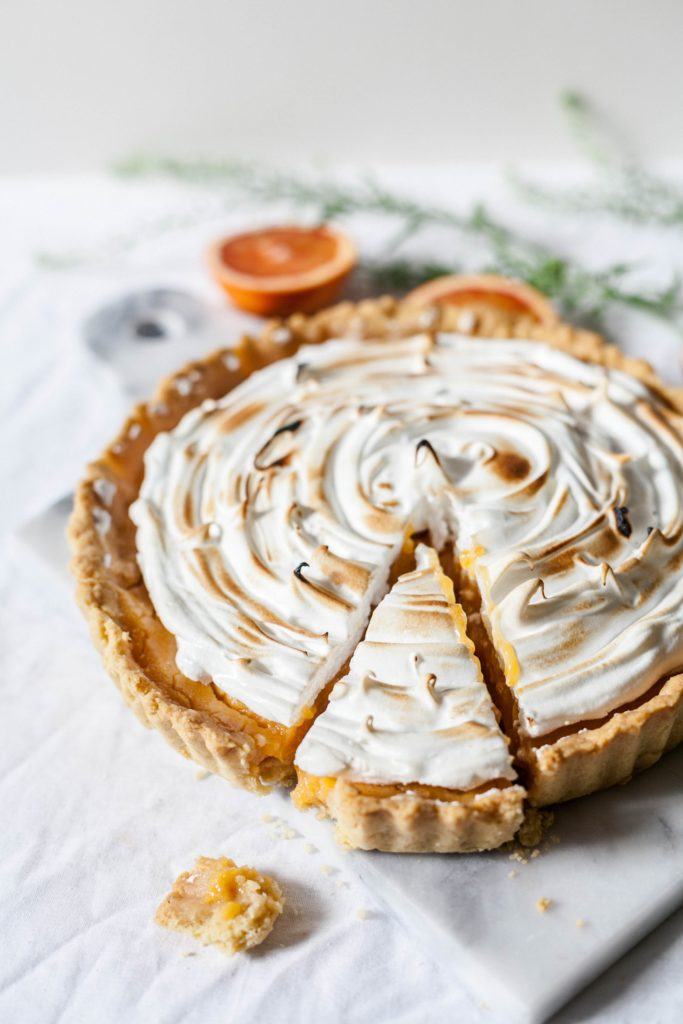
- Once you lay down your pie crust into the tin and add whatever filling you choose, you will use the other half of the dough to form the top lattice pattern. Roll this dough out until it is about three inches wider than your pie tin or plate, much like the dough you used for the bottom portion.
- Cut the dough into several strips. These strips can be as thick or thin as you want them to be. You may even vary their thickness if you wish.
- Arrange half of your strips over the now-filled pie, parallel to one another. You can space them apart however close or far apart as you want, so long as these strips are all on top of the pie.
- Fold every other strip you place in half, so that these strips reach about the middle of the pie.
- Add another strip going perpendicular to the other strips at the center of the pie, right underneath where the folds of the other strips are.
- Unfold the strips you had folded previously over this perpendicular strip. Those strips which you had left alone must now be folded up in the same way, so you can lay another perpendicular strip underneath those.
- Repeat this process of folding, adding a perpendicular strip, and unfolding back over again, until you have created the lattice pattern on top with all the strips you have.
- In order to seal the edges, cut off any long pieces that hang over the edge of the pie, leaving only two excess inches for any long strips. Fold or roll any excess into the edge crust of the pie, and be sure to give it a little press so it sticks. Shape the crust in whatever manner you wish.
- Brush the top of the lattice pattern with the egg wash (the beaten egg mixed with water). If you want, you may also sprinkle the top with the clear sparkling sugar to give your pie extra texture after you coat the top with this egg wash.
- Bake for as long as your pie recipe dictates. If you notice the top becoming too brown, cover the browning parts with a little bit of foil.
Here’s a video showing how to make apple pie using a homemade pie crust.
What’s your favorite homemade pie crust?

